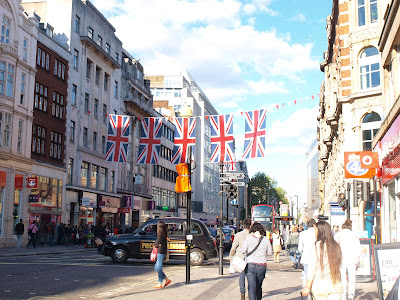The History of Pattern
The
second artist I chose to study was Henri Matisse; similar to Gustav Klimt he
uses bold patterns and often makes humans the main subject of his paintings. He also uses the colour black to outline the
patterns in his paintings giving them a bold appearance. Similar to Gustav
Klimt ‘ The Kiss’, Matisse includes patterned fabrics in his paintings such as
wall hangings, rugs and materials on ladies garments.
Henri Matisse (1869 – 1954)
In 1869 Henri Matisse was born in the Picardy region
of northern France. At 21 years old Henri Matisse became seriously ill and while recovering
slowly he became intrigued by the practice of painting. In 1892, he went to
Paris to study art formally. He
attended art classes at the Ecole des Beaux-Arts in Paris and dabbled
in different styles. In terms of the use
of colour to render forms and organize spatial planes he was influenced by the
impressionist and post-impressionist painters Pisarro, Cezanne, van Gogh,
Gauguin and Paul Signac. Around the year 1905 he finally found his own style
characterized by daring, bright colours executed in a broad brush stroke.
Interior With Aubergines
‘Interior with Aubergines’ is oil on canvas painting painted by Henri
Matisse in 1911. The painting shows a table on which there are three
aubergines. A pattern of large blue flowers covers both the floor and wall
flatly. When painted over the brown of the floor the flowers are read as the
carpet, when painted over the brown of the wall, they are read as the wall
paper. The creative illusion by the clever placement of the patterns is what
interests me about this painting. When looking at this painting I am lead to
wonder where the pattern used to decorate the interior of this room starts and
ends.
The curvaceous patterns and the boldness of the white and green colours
is what attracted me to this painting as it has a bold contrast against the
brightness of the orange, brown and purple colours surrounding it. The shape
and form of the pattern comes across to me as a luxurious and wealthy
decorative design. The composition of
the painting places the table with the aubergines in the centre of the room
making it the main focus of the painting and to also represent its importance
to Matisse in the painting as he also named the painting after the aubergines.
To the left of the painting there appears to be a door passage to
another room, possibly a bedroom where few objects have been placed inside it.
From the angle Matisse has painted it; it is only possible to see a small
fraction of the room through the door and past the rim of the door the same
green and white pattern it also painted through this space causing me to wonder
whether the door passage way is non-existent and is still a part of the room.
I think Matisse purposely did this to confuse the viewer and to make
them think twice about the composition of the room. On the right of the
painting an open window framed in bright orange is seen showing outside scenery
to a rural landscape. The bright contrast of orange and green speaks out to me
and make a bold statement when placed with each other. Similar to Klimt,
Matisse displays the use of bold patterns in this painting and the use of bold
and bright colours.
Black Leaf on Green Background
Black Leaf on Green Background (1952) by Henri Matisse was made with Gouache and cut paper on paper. During the early to mid-1940s Matisse was in poor health. Eventually by 1950 he stopped painting in favour of his paper cut-outs. Black Leaf on Green Background is an example of Matisse's final body of works known as the cut-outs. The simplicity and brightness of Henri Matisse’s later work caught my attention also. The bold leaf like pattern shapes with rounded tentacles inspires me to explore this unusual shape and practice paper cut outs of my own.
During my project I will take Matisse’s use of bold bright colours into account and use his techniques in my own interpretations.













.jpg)

















